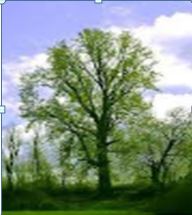Secwepemc Name: mulc
 An important wildlife/habitat tree
An important wildlife/habitat tree
Cottonwood logs were used to make dugout canoes. The resinous, sweet-smelling buds, called melcqín’, or stet’qe7, were used to make a medicinal salve. Mary Thomas recalled a number of different medicinal uses for cottonwood. The inner bark, leaves, and buds were used for treating coughs, colds, lung problems, and kidney and urinary disorders. The leaves were also used to stop bleeding on fresh cuts. A mixture of the buds and inner bark was used to prevent scurvy, and a tea of the buds was used as a gargle.
Ecological Requirements: Requires moist soils and can withstand some flooding. Can grow in nutrient rich soil or in sandy soils (most often in soils deposited by water), will not tolerate shade.
![]()
